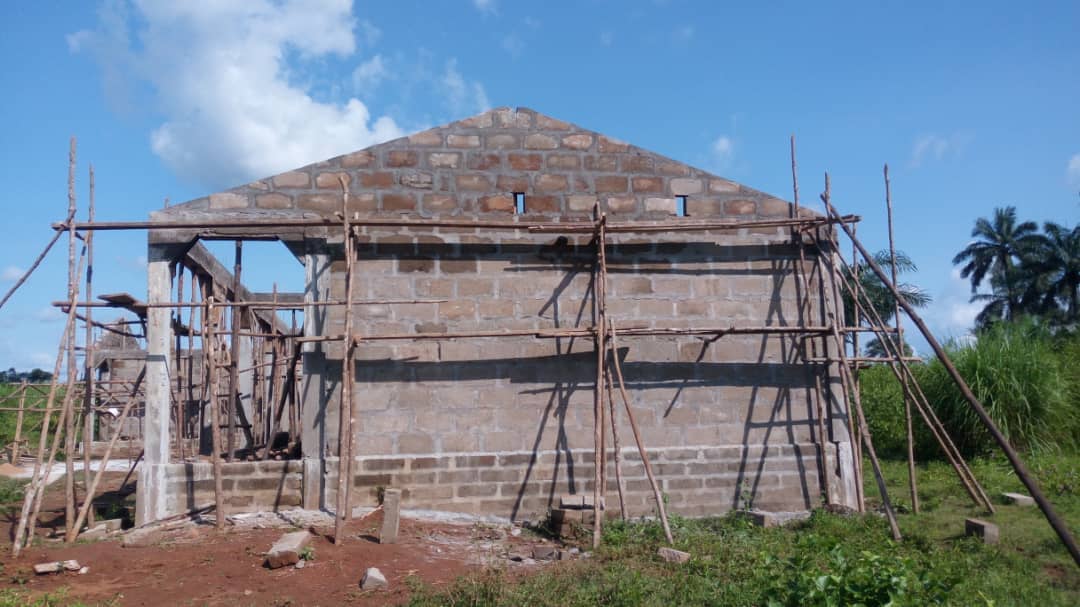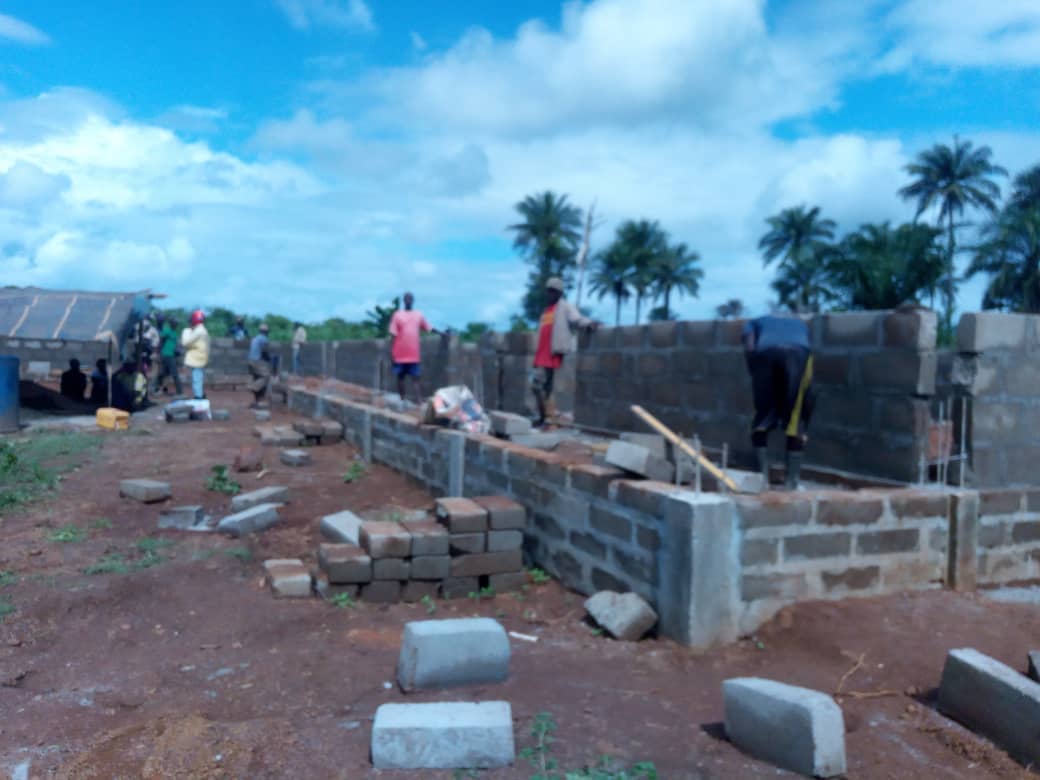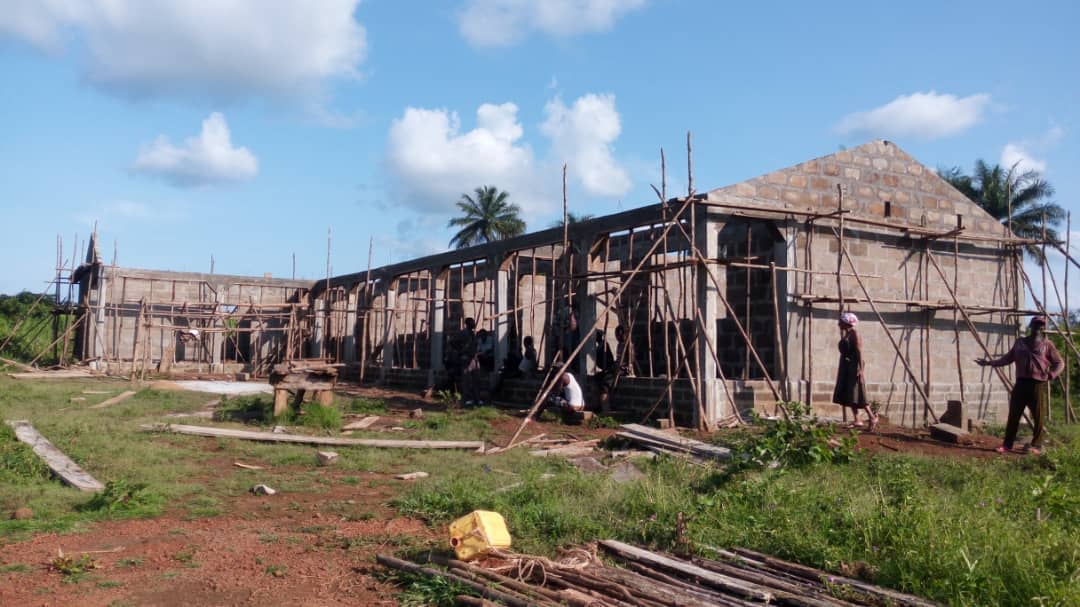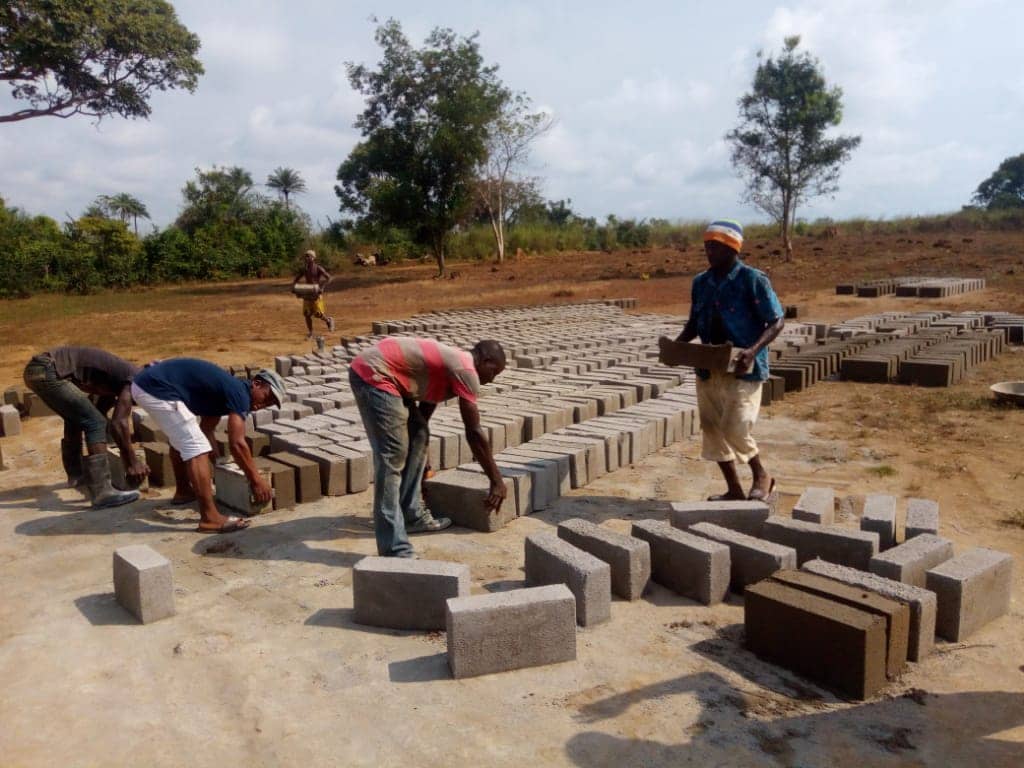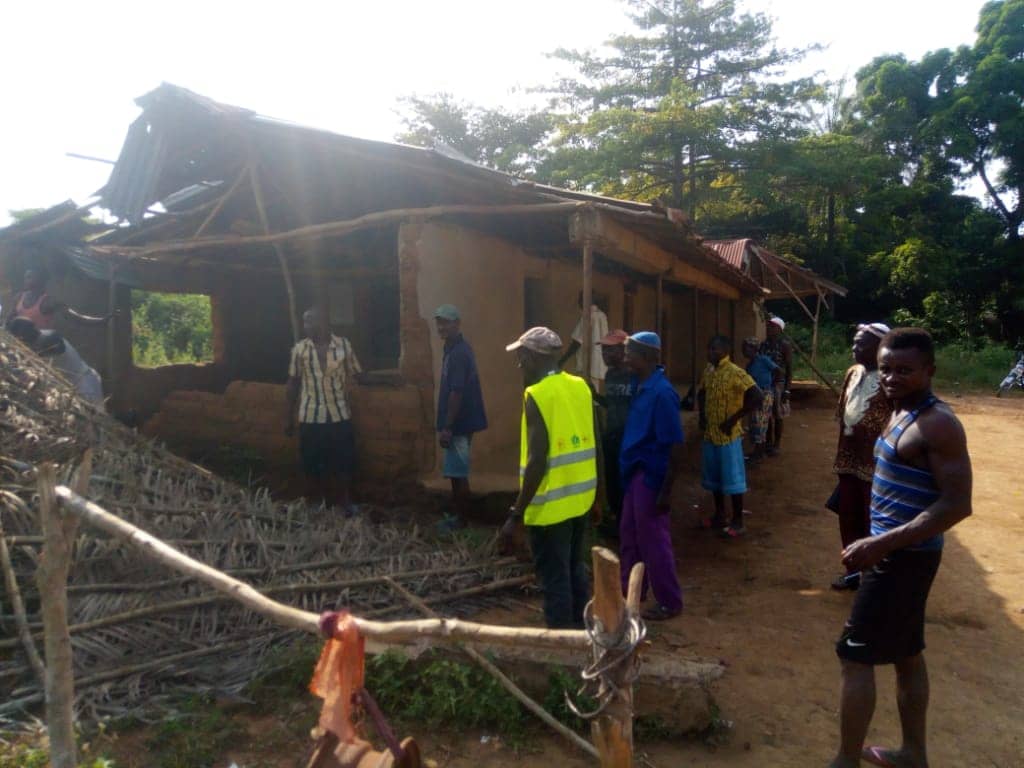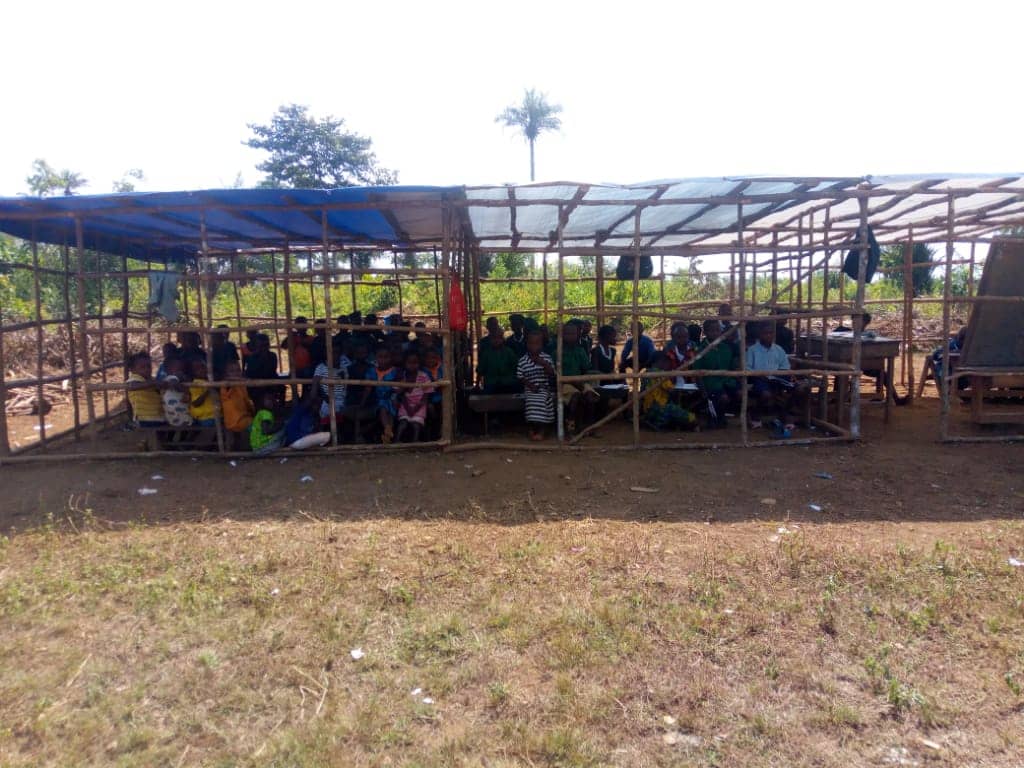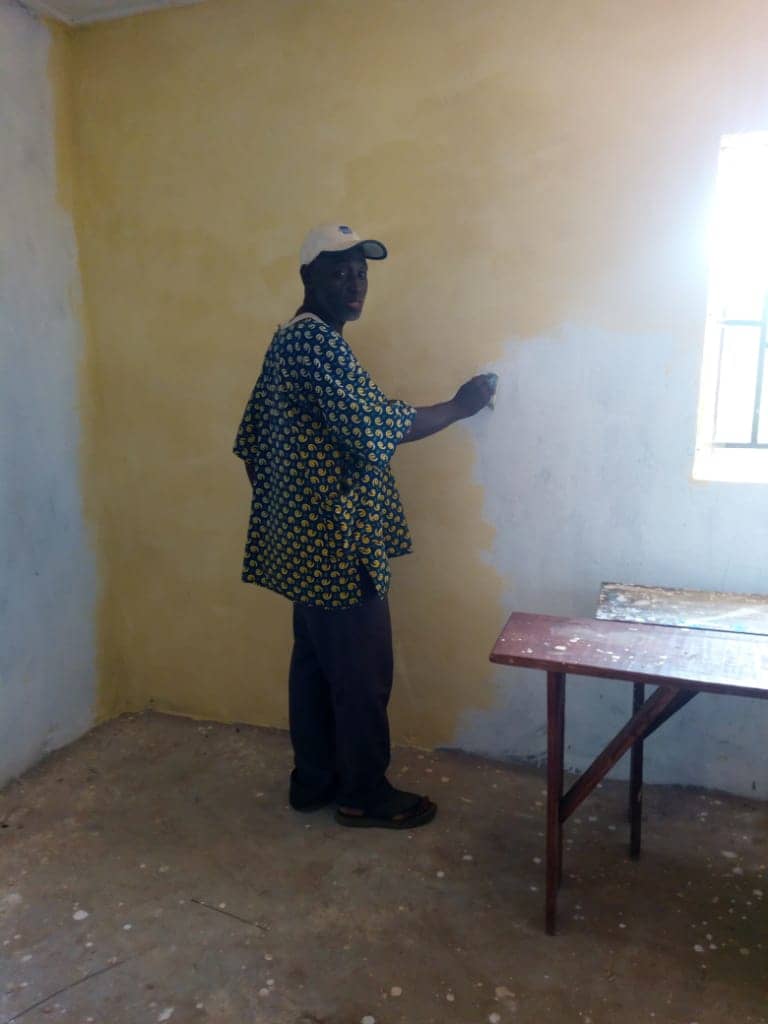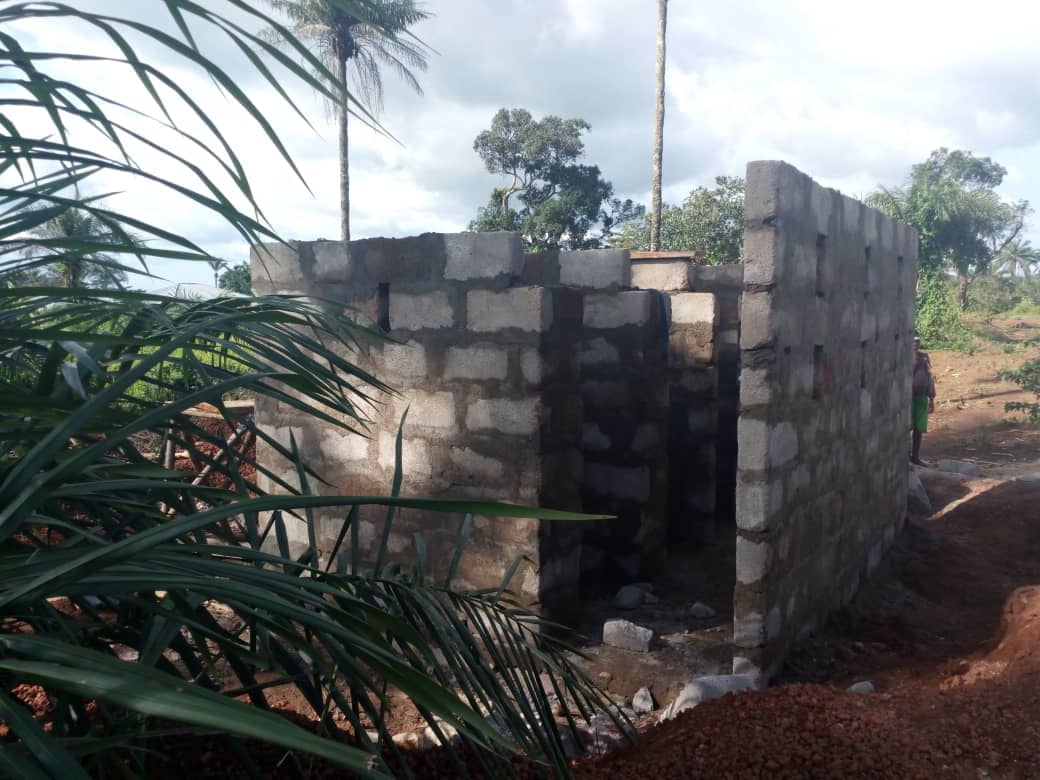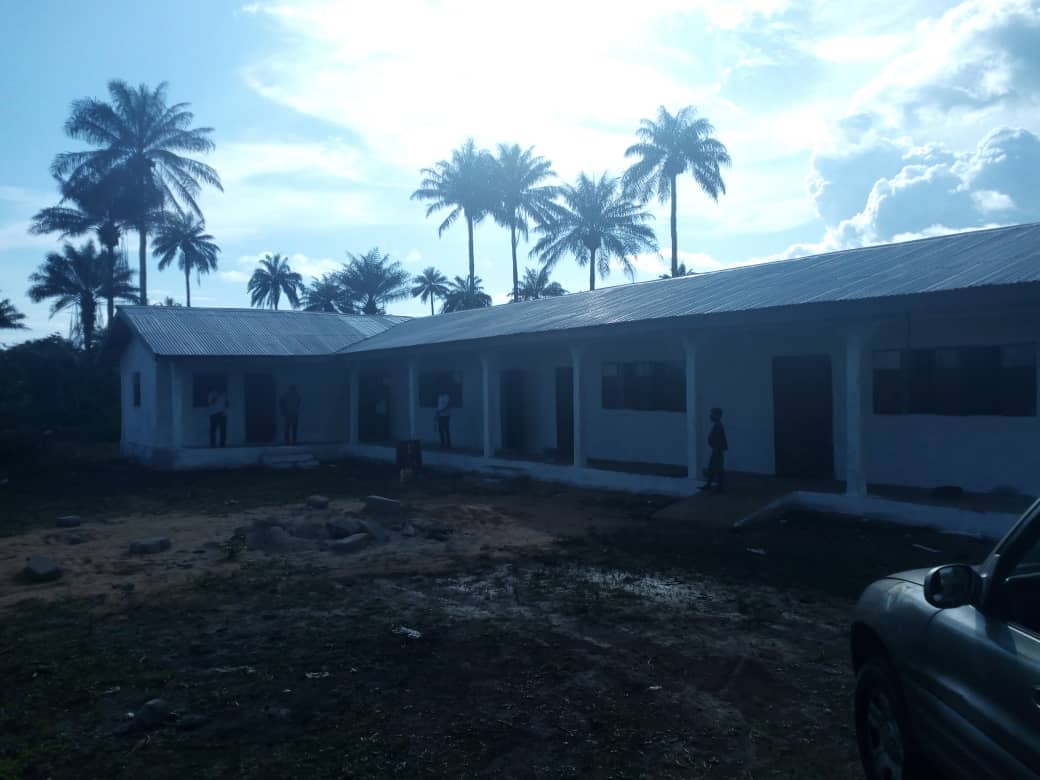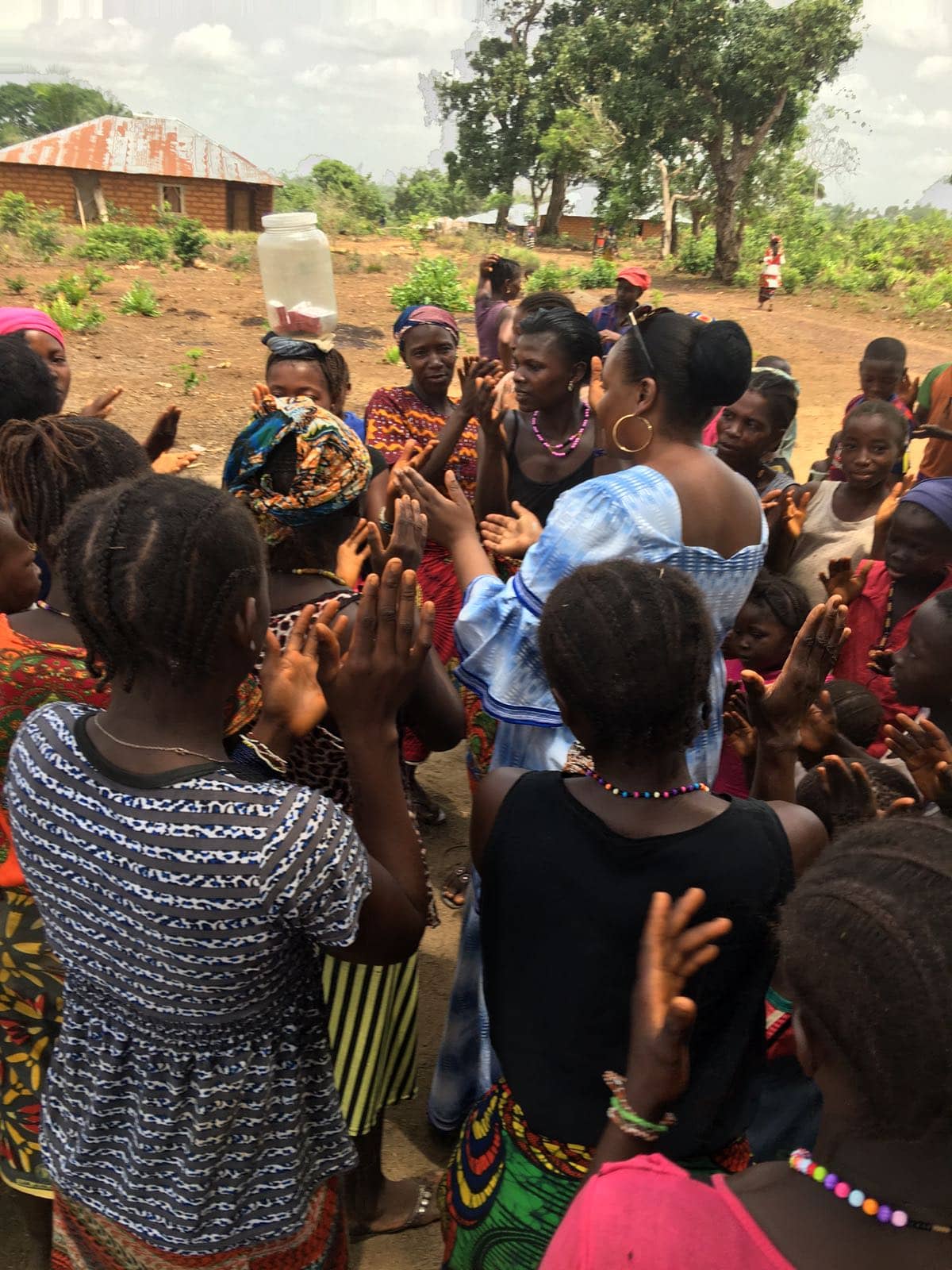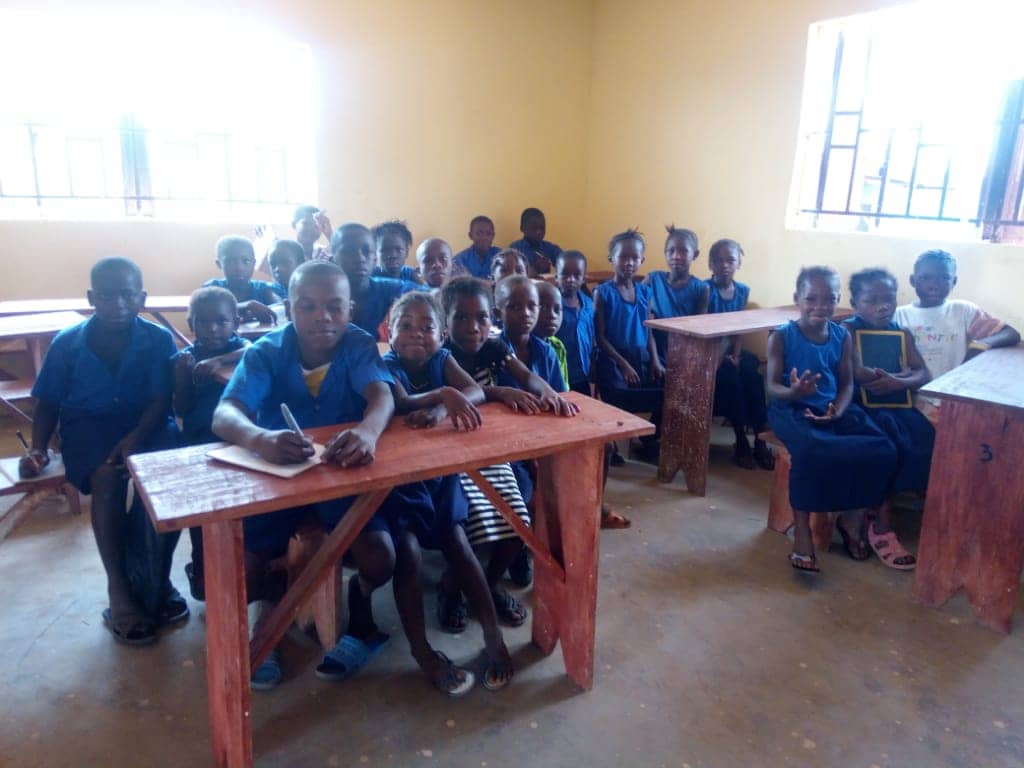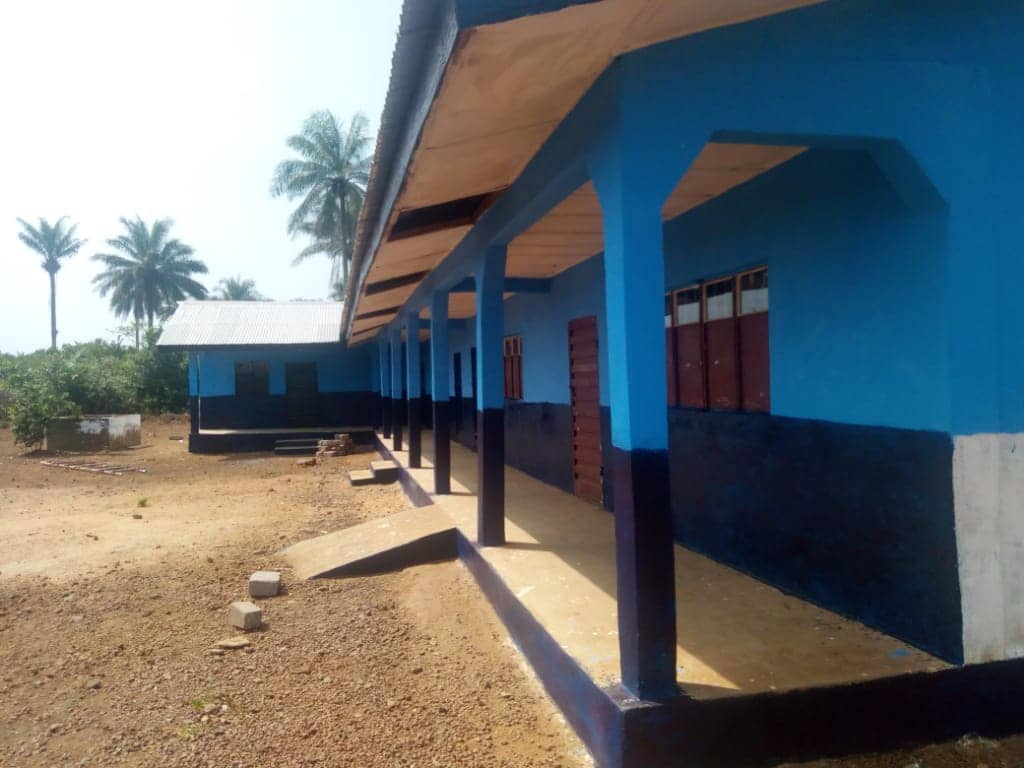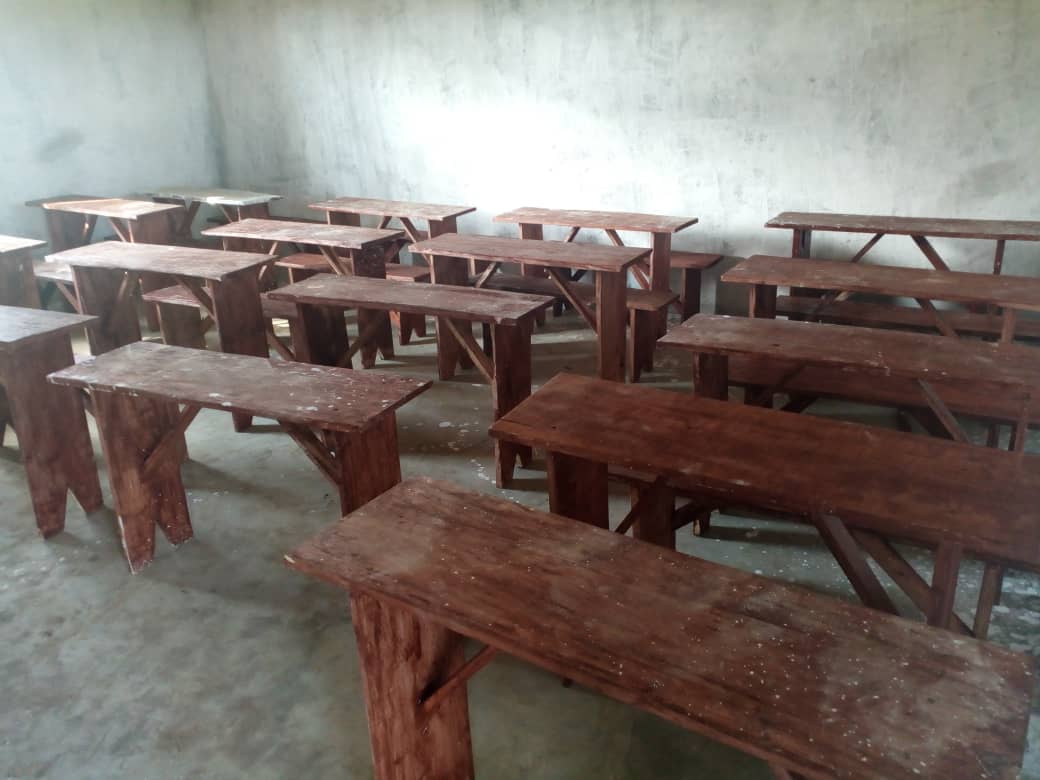Summary
More and more communities have taken it upon themselves to build schools in which their children can get a semblance of an education. Invariably these are usually small, dark, and dangerous death traps, built with local mud and without any engineering support.
Governments have not allocated the resources to build enough schools, and those built by communities are usually small, unsafe and inadequate to address the needs in these communities. In most cases these structures are too basic to have the desired atmosphere for learning.
By addressing these infrastructural lapses, our buildings will provide a congenial atmosphere for learning.
We aim to provide buildings that are safe, conducive to learning and with amenities that are not usually accessible in the rural areas, such as WASH facilities and solar energy. We also aim to utilize local technologies such as clay bricks which provide a temperate atmosphere, regardless of the scorching heat outdoors. This provides for a more sustainable way to educate, to develop and to transform communities.
AFRiLOSOPHY conducted a Rapid Appraisal (RA) which included field visits and interviews, in order to ascertain where the need is most urgent, taking the number of children currently underserved and distances to the nearest existing primary school into consideration.
Out of this RA, a recommendation for ten schools termed as critically for building, rehabilitating or upgrading within Marampa Chiefdom was developed.
Assessments within these rural areas have shown that generally even villages where a small school has been built by the community, it is already full (sometimes one room serves two class levels combined) and that more students would access that school if the facilities were improved, including the increased availability of teachers.
With the announcement of free education by the government, community schools already overstretched are even more burdened, without any government support. The community schools we encountered on this survey, are usually built, supported and maintained by the community, without any government recognition.
Currently reduced learning, resulting in low pass rates due to a combination of
- long walking distances daily to and from school
- lack of qualified teachers
- Over crowded classes
- limited facilities including water and sanitation
- limited access to books and
- lack of night lights for studying
These challenges have compounded both a lack of interest by students resulting in a perceived lack of need in these areas by government.
Outcomes
A higher enrollment and retention rate at the micro level is almost guaranteed by providing ‘local’ primary school access. These gains would almost certainly interest government to provide higher learning institutes such as secondary schools in these localities based on increased need.
By introducing standard buildings which are more likely to be supported by government, by officially seeking government approval, the schools are more likely to attract qualified teachers who can impart a great deal of knowledge to marginalized communities.
Higher pass rates would also result in greater interest by parents towards their children’s educational future. Teacher motivation has been assessed as a great factor in student success rate. This motivation will be increased in a congenial environment for teaching, and with increased government support to both school and the teachers.
Needs Assessment
Without taking into consideration the current lack of funding, these assessments were conducted with the strict criteria of assessing the current situation and the potential impact. If there was an existing building, the state of that building, as well as the size and potential additional students that would access it s an improved facility, were considered.
Criteria
- Number of children currently enrolled and the number within a walking distance that would benefit from a fully functional school
- Coverage area (How many villages would be served at a strategic location)
- Status of existing building (if any)
- If there is no school, Distance to the nearest primary school and danger of highway en route
3. Project Component: The proposed project will include the following:
- Construction of 4 classroom school building
- Electrical / solar installation
- Provision of furniture (chairs and tables) for the classrooms, teacher’s room and shelves for a library
4. Project Location: The proposed construction of a four (4) classroom school building will be implemented in the following schools of Marampa 5 sections:
What heights we have reached!
Mabambu Under construction, 2019
Ready to roof at Mabambu
Mabambu building blocks: there is hope when you see blocks being beaten, that's what the residents say. November 2018
Old School Mabambu Village: The original school built by community, partly collapsed in 2018. As a precaution we requested that they knocked it down completely.
Mabambu, We created a makeshift structure for schooling to continue before we started the process of constructing the new school. Thank goodness it was a dry season!
Painting done by community leaders
Masethle Primary school, waiting to be covered in blue
A visit to start work at Masethle Primary school site, 2016
Our bright occupants, Masethle Primary School.
Masethle Primary School, completed and painted, 2017
Furniture Delivered @ Masethle
Makeshift shelter

